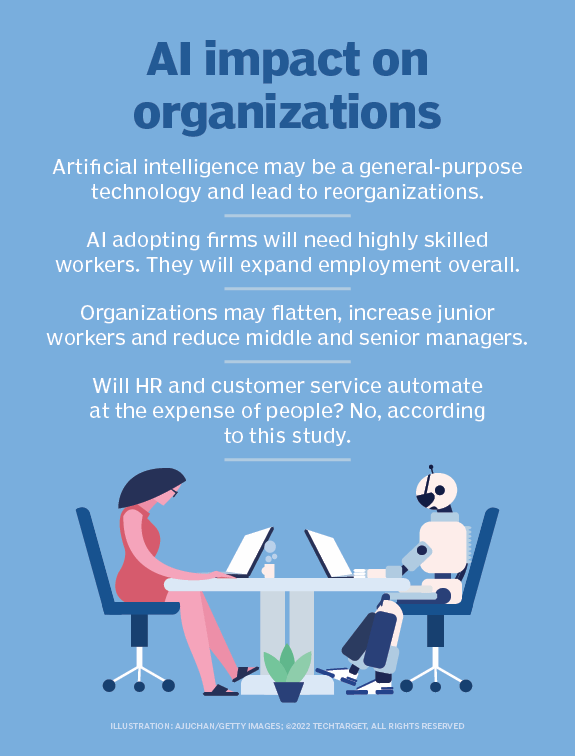
The Los Angeles Times recently reported on a growing problem not just for California School Districts, but across much of the Northern Hemisphere: The number of children entering school has been dropping steadily for five years now, and is changing the dynamics of education. What’s worse, those declines are accelerating.
Sometimes understanding the future comes down to understanding how disparate trends affect one another. The pandemic is one such trend – parents wanting to keep their kids home for fear of them catching Covid-19. This has certainly exacerbated the problem, and on its face might seem to explain the decline in students. However, there’s a deeper trend that’s worth noting. In 2008, the birth rate, which had been more or less stable for about the last eighteen years, started declining and has been declining every year since. That year marked the start of the Great Recession, the third-deepest and second longest-lasting decline in GPD in more than a hundred years (the pandemic recession was deeper but with a faster recovery).
The birthrate is an interesting concept and has a couple of different definitions. The first is just the number of children born to women of child-bearing age in a particular country during any given year. This number can fluctuate quite a bit from year to year, do demographers often use a slightly different measure, the family size – the average number of children a given woman has at a given time. This changes much more slowly, and serves much the same purpose as a rolling average on the stock exchange – it smooths out the variability in measurements, and as such makes long term-trends more obvious.
The Italian mathematician Fibonacci proved that for sexual reproduction, the number of children that a given couple has should be about 2.1 for the population to remain stable, where that 0.1 child represents a factor accounting for the death of older people (or rabbits, in his particular case). This has since become known as the birth replacement rate, and it plays a big role in demographics. Above this, the population grows, below this, the population shrinks.

Demographers have shown that, at least for the last five hundred years or so, the birth rate tended to oscillate around this number over a period of nineteen years, which corresponds roughly with the time it takes for a person to reach adulthood (full sexual maturity) after birth. Sociologists William Strauss and Niel Howe introduced the notion of Generational Theory in the 1990s around these cycles, unleashing the terms Baby Boomers, GenX, and Millennials on several hapless generations and creating an entire cottage industry about how generations differed from one another that informs marketing to this day.
What’s significant about the late twentieth and early twenty-first centuries, however, is the fact that the pattern broke. Family size reached a nadir in 1936 (1.7 children per family), hit a mid-point in 1945, then peaked in 1954 (4.3 CPF), then declined as expected through 1972 (1.7 CPF). Then it stuck. The birth rate did rise through 1990, but only to about 1.95 CPF, and dipped then rose again to about 2.05 CPF in 2000. In 2008, the rate, which had been declining slowly, suddenly went into a steeper decline, one that has now continued through 2022 with the birth rate lower than its been in centuries, not just in the United States but globally. In the US, the birth rate is now about 1.67, and it is likely that the mini-boom that analysts were expecting because of the pandemic appears to have disappeared in the final numbers.
Without immigration, the population of the United States would have started declining by now, and the demographics suggest that even with immigration, population growth will have ended and the US (and most other countries north of the equator) would actually be shrinking by 2050, less than thirty years from now. Even in the hemispherical south, population rates are slowing, though traditionally demographic patterns in these regions have lagged that of the north by about fifty years. This is good news in some respects – the global population peak might actually occur within the next hundred years at around 8.5 billion people rather than the 10-11 billion people estimated fifty years ago.
However, these deep trends are already causing economic tremors. There is a strong correlation between population growth and economic growth. In the aggregates, investments end up with a smaller ROI. People spend most heavily during the thirties and forties as family size grows – smaller families equate to less spending, and the hunger for smaller houses rises even while McMansions sit empty. Schools consolidate or close altogether because there aren’t enough students. If we look at 2008 as an inflection point, schools are going to see student populations decline for at least the next twelve years, not just in Los Angeles but throughout the United States (similar stories are being played out in Canada, Europe, and the Pacific Rim). Labor pressures are only going to become worse as this cohort enters the workforce in the late 2020s and 2030s – one of the smallest generations on record.
The irony of this is that far from automation replacing human workers, automation may actually be necessary for work to get done at all, especially if economic pressures from emerging economies (which are likely to continue growing relative to the overall population) mean that there are more economic opportunities locally, reducing the appeal of emigration.
It’s worth noting that these trends play out very slowly, on a time scale of decades and even centuries, but they also tend to have profound societal and economic impacts.
What are the lessons to pull from this? First, as data scientists it’s important to recognize that there is seldom only one reason why something occurs; rather, trends of various strengths and time scales wax and wane over time. Additionally, simply because something appears to be cyclical does not mean that it is – beware in investing too much energy in what may be transient patterns. Finally, avoid the temptation to ascribe current causes to current events. Most of the time those events are just noise, often generated for partisan gain. Demography (and analytics in general) should be an exercise in understanding deep time.
In media res,
Kurt Cagle
Community Editor,
Data Science Central
To subscribe to the DSC Newsletter, go to Data Science Central and become a member today. It’s free!
Data Science Central Editorial Calendar
DSC is looking for editorial content specifically in these areas for May 2022, with these topics having higher priority than other incoming articles.
- Autonomous Drones
- Knowledge Graphs and Modeling
- Military AI
- Cloud and GPU
- Data Agility
- Metaverse and Shared Worlds
- Astronomical AI
- Intelligent User Interfaces
- Verifiable Credentials
- Automotive 3D Printing
DSC Featured Articles
- How AI is Changing Digital Marketing Ryan Solecki on 14 Apr 2022
- AI For Compliance: What, Why, How Edouard d’Archimbaud on 14 Apr 2022
- Benefits of Data Governance and Compliance Indhu on 14 Apr 2022
- How To Write A Technical Dissertation EdwardNick on 14 Apr 2022
- Fallacy of Becoming Data-driven – Part 1: Becoming Value-obsessed Bill Schmarzo on 14 Apr 2022
- Why Data Engineers are in Greater Demand than Data Scientists Aileen Scott on 14 Apr 2022
- How IoT Uses Machine Learning To Change The World Avani Trivedi on 12 Apr 2022
- Drag-and-drop Data Pipelining: The Next Disruptor in ML Jessica Gupta on 12 Apr 2022
- Advances Highlight the Future of IoT Security Nikita Godse on 12 Apr 2022
- 6 Business Applications that Badly Need Better AI Vincent Granville on 11 Apr 2022
- How exactly do you define Artificial Intelligence(AI)? ajitjaokar on 10 Apr 2022
- NLQ: Why You Might Not Need To Call A Data Analyst Anymore Saurabh Ajmera on 10 Apr 2022
- Public wary of Meta’s Metaverse vision Stephanie Glen on 10 Apr 2022
- Advance in your finance and accounting careers with top technical skills Aileen Scott on 10 Apr 2022
- Artificial Intelligence: Benefits for Automation Testing Ryan Williamson on 08 Apr 2022
- Data Observability: Cracking the Code Sameer Narkhede on 07 Apr 2022
- DSC Weekly Digest: Moving Time Kurt Cagle on 06 Apr 2022
- Building a Data Products-centric Business Model Bill Schmarzo on 05 Apr 2022
- Data Discovery for ML Engineers German Osin on 05 Apr 2022
- Content Metrics That Can Help You To Write Dissertations EdwardNick on 05 Apr 2022
- Comparative analysis of an Intel and AMD Processor Karen Anthony on 05 Apr 2022
- AI And Its Impact On Diversity And Inclusion Aileen Scott on 05 Apr 2022
- How Data Intelligence Platforms Promote Business Success Kerry Pearce on 05 Apr 2022
- Exploring AI labeling for children’s products ajitjaokar on 05 Apr 2022
- Data Augmented Healthcare Part 2 Scott Thompson on 04 Apr 2022
Picture of the Week


